
Coming to Ho Chi Minh City in late spring and early summer, there are many routes to take and many places to go, but we chose the Sac forest as our stop. To hear, see and feel the heroic feats, the heroic fighting and sacrifice of the commandos of Regiment 10 (T10) in the resistance war against the US to save the country for the independence and freedom of the nation.

The logistics house, one of the historical relics recreated in the national historical site of Sac forest battlefield.
The Sac forest is located in Long Hoa commune, Can Gio district, Ho Chi Minh City. Sac forest is known as one of the largest mangrove forests in the world and is recognized by UNESCO as a world biosphere reserve. Not many people know this. But a heroic Sac forest, a sorrowful Sac forest, a legendary Sac forest... many Vietnamese people know it well, especially those who have read Vietnamese history, or watched the movies "Sac forest flower", "Sac forest special forces", "Southern land story"... all know that Sac forest is an important revolutionary base of our army during the years of resistance war against America to save the country, since then every time they come to Ho Chi Minh City, they want to visit it.
Sitting in the car for more than 1 hour, traveling over 50km from the center of Ho Chi Minh City, we arrived at the Sac forest war zone. Seeing with our own eyes the images and exhibits, recreating the Sac forest, once considered a "dead land", all members of the group listened attentively to the tour guide's introduction: On April 15, 1966, the Regional Command was established in the Sac forest military special zone with the code name T10 (Regiment 10 - Sac forest commando), with the mission of penetrating deep, holding on at all costs, occupying the Sac forest to continuously attack warehouses, ports, headquarters, and lairs of the US apparatus. The Sac forest battlefield was a place where people had to live in conditions of extreme deprivation. During 9 years (1966 - 1975), the soldiers of Regiment 10 both fought against the American invaders and struggled with hunger, thirst and other dangers in the mangrove forest. Therefore, in this war zone, 915 martyrs sacrificed their lives, and until now, there are still 542 martyrs whose remains have not been found. Their bodies have been integrated into the motherland so that the country can be at peace and unified.
As an independent unit, the Command and Logistics Department of T10 mainly relied on the protection and care of the people in the suburban areas. Essential goods such as rice, sugar, medicine, etc. were secretly transferred to the base by families at the base. There were times when the enemy blockaded strictly, the unit had to organize the purchase of rice from afar, then disguised and brought dozens of tons of rice into the base. During the difficult years (1969 - 1971), officers and soldiers had to eat porridge and vegetables instead of rice because the enemy blockaded the supply routes. However, the soldiers still steadfastly clung to Sac forest to fight with the wish "not to go an inch, not to leave the battlefield". The entire Sac forest was a mangrove forest, with no fresh water all year round, especially in the dry season, officers and soldiers had to row boats at night, dodging commandos and planes to enter strategic hamlets to carry cans of well water. Only after a while did the enemy discover and understand this rule, they set up ambushes at wells and pond banks. Therefore, many soldiers had to shed blood to get barrels of fresh water. At the most difficult time, our soldiers came up with the idea of using pots and pans to boil salt water, the boiled water evaporated, then cooled and condensed, releasing fresh water drop by drop. With this method, two soldiers distilled for 8-10 hours each day, enough fresh water for a platoon to live on for a day.
When mentioning the Sac Forest commandos, it is impossible not to mention the battle at Nha Be fuel depot. The fuel depot is 14 hectares wide, has 72 fuel tanks, nearly half of which have a capacity of more than 10 million liters of fuel, and is protected by 12 layers of fences and 3.5m high walls. Between the fences, there are mines, and there are often groups of soldiers patrolling at night to prevent our forces from breaking in. Outside, the enemy also arranged dogs and a system of headlights, watchtowers, patrol roads, etc. At 0:35 on December 3, 1973, the Sac Forest commandos secretly broke into the warehouse area, assigned each other to place many mines in the fuel tanks, and then withdrew safely. Immediately after that, the Nha Be fuel depot burned fiercely for more than 12 days and nights, causing about 12 million USD in damage to the US empire.
The war has long gone and the heroic feats, the heroic fighting and sacrifices of the Sac forest special forces in the past are now almost completely recreated such as: guard house, reception house, shelter, hall, logistics house, medical house, military equipment house, secret service house, the scene of the commander of Group 10 listening to the report on the field situation and determined to organize a raid to destroy the Nha Be fuel depot. Simulated images of Group 10 soldiers killing crocodiles, distilling salt water into fresh water, the scene of sending soldiers off to battle, the DKZ artillery site and the Independence Palace... After careful investment, restoration and preservation, in 2004, the Sac forest base was ranked as a national historical relic by the Ministry of Culture, Sports and Tourism. Up to now, the Sac forest war zone has become a tourist attraction. The old Sac forest road located between the mangrove and green tea forests has now become a tourist road in the revolutionary homeland of Can Gio.
Thuy Hang (Contributor)
Source


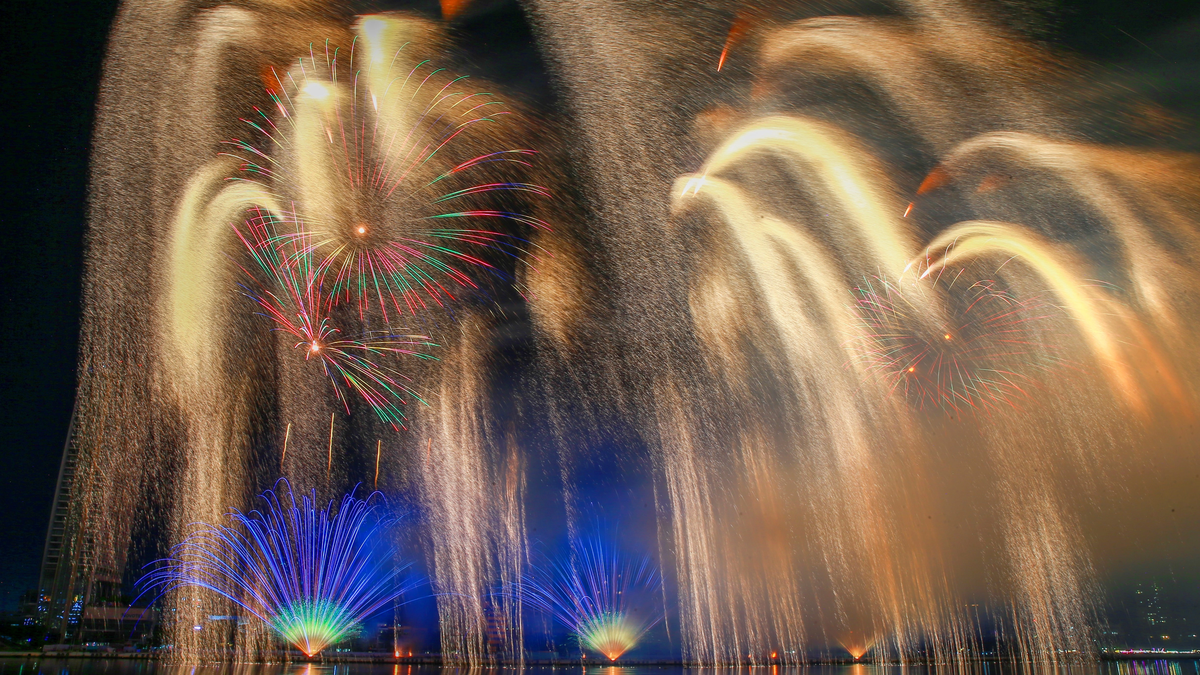
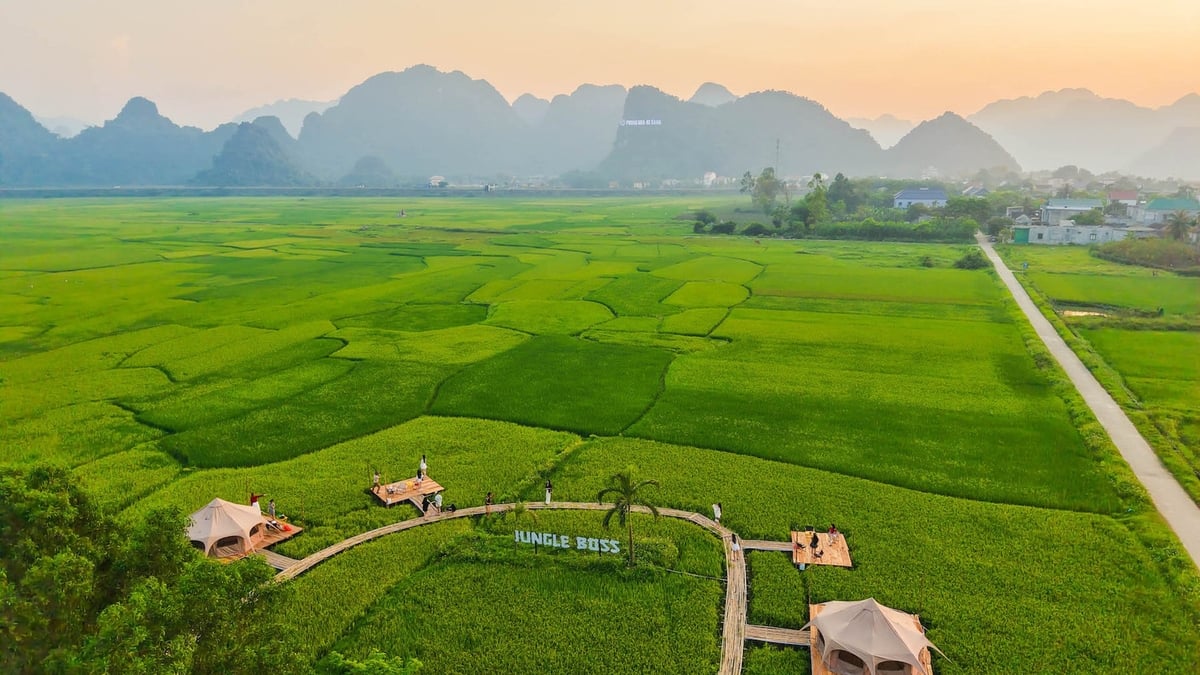



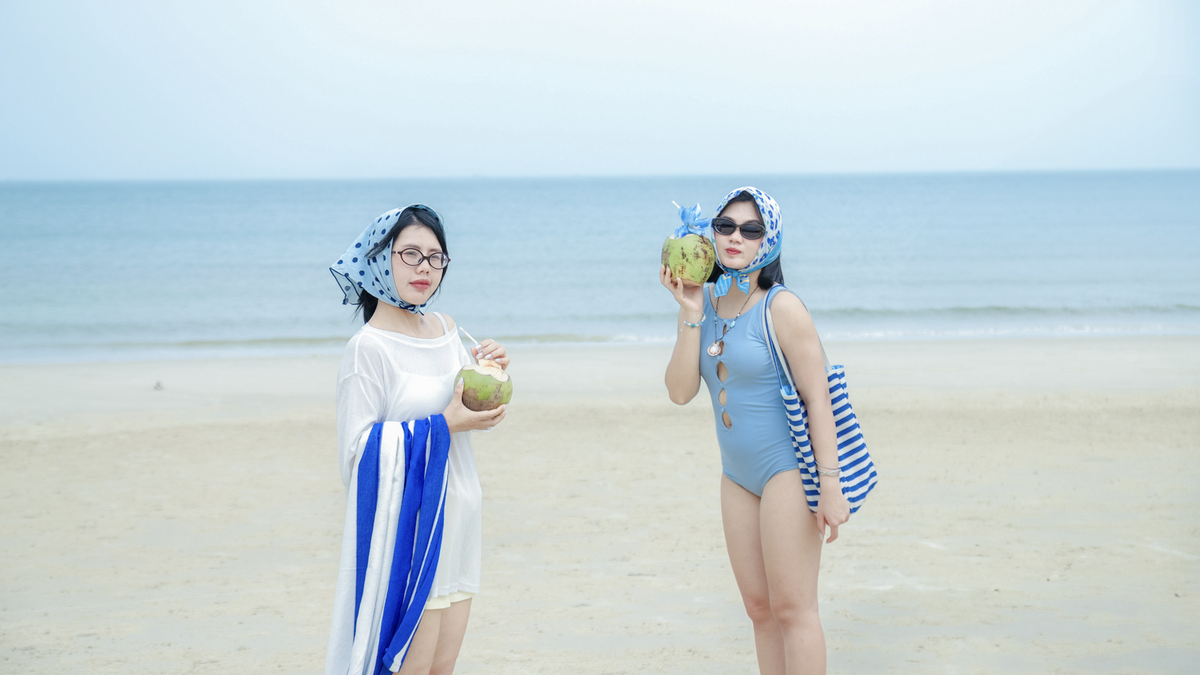



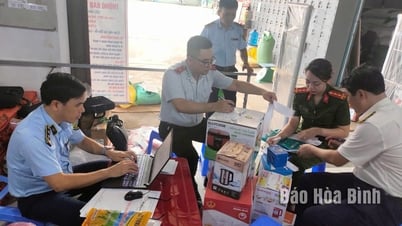
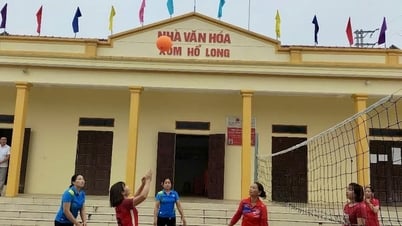






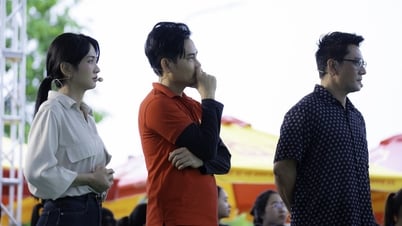
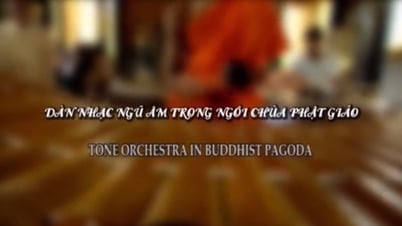


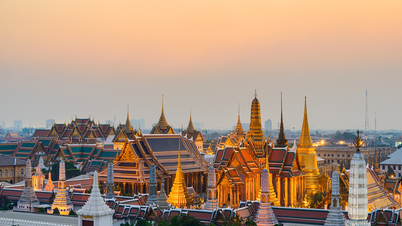
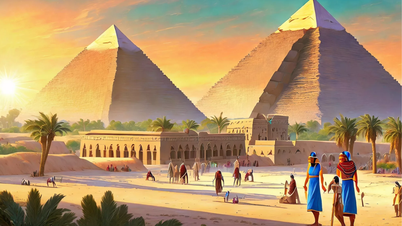













































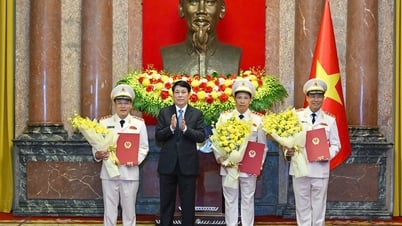







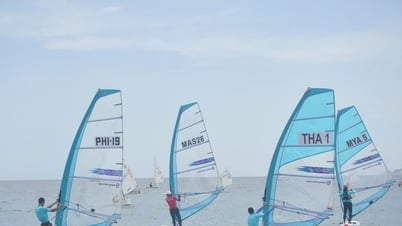

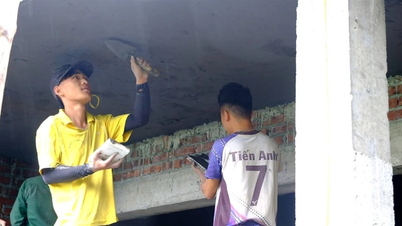


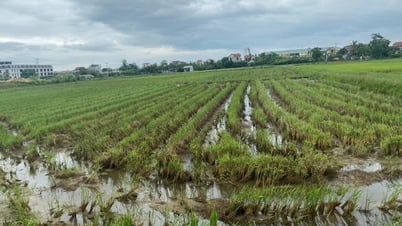









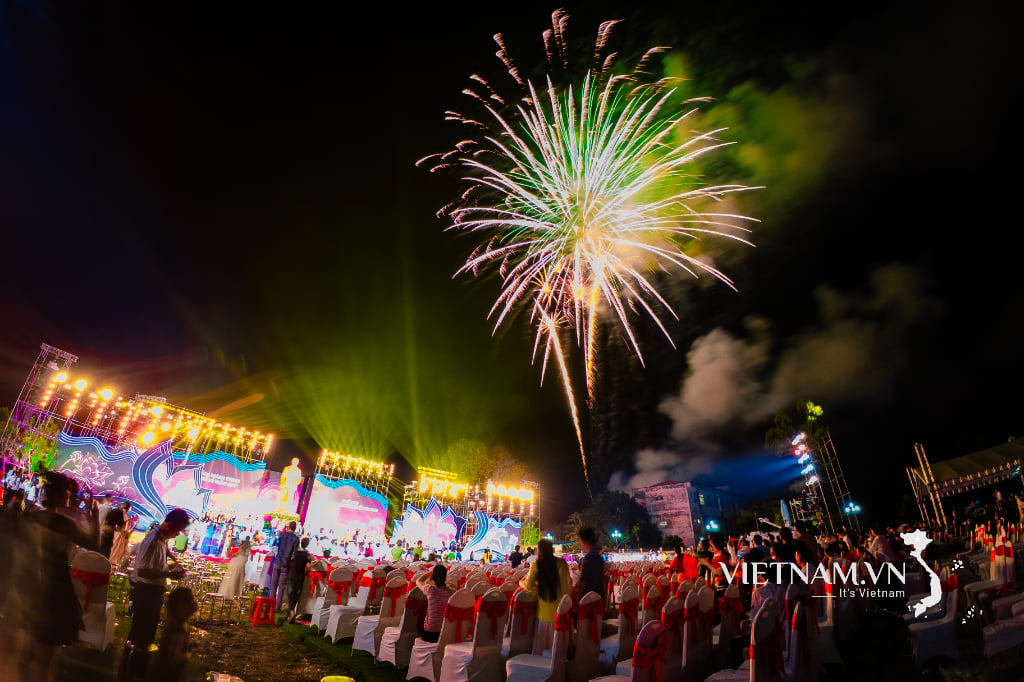
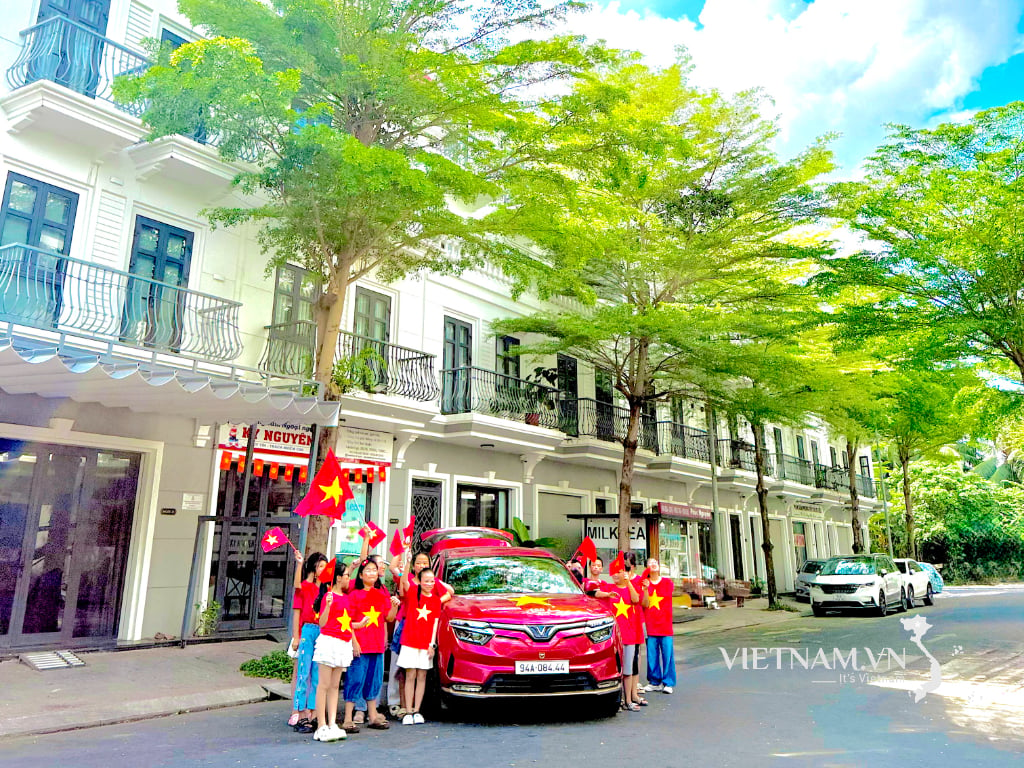


Comment (0)